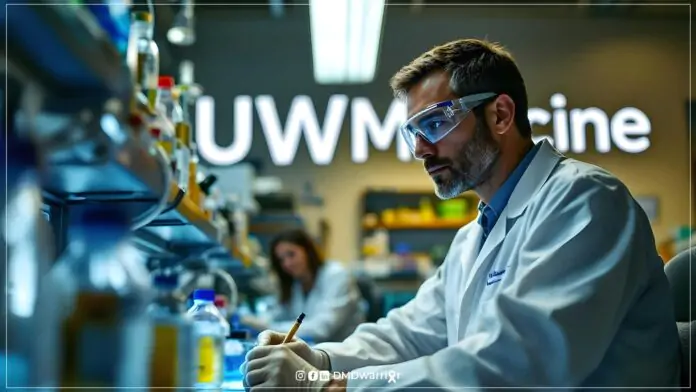For those who suffer from Duchenne muscular dystrophy (DMD), a novel gene therapy holds promise for both stopping muscle loss and maybe restoring the damaged muscle in the future. The next step for the treatment will be human trials, which are expected to begin in about two years, UW Medicine said.
The goal of the UW Medicine-led study is to replace the damaged DMD gene in the muscles by introducing a sequence of protein packets inside a shuttle vector. The protein dystrophin, which is absent in people with muscular dystrophy, will then be produced by the additional genetic code.
Table of Contents
Currently, No Cure for DMD
The disease currently has no known cure, and the medications and therapies that are available simply slow it down. Since the faulty gene is located on the X chromosome, people with Duchenne muscular dystrophy, the subject of this study, are entirely male. They start showing symptoms at the age of four and typically pass away in their 20s or 30s.
Findings on the new gene therapy for Duchenne were published in Nature. – Read More –
Who is Dr. Jeffrey Chamberlain?
The study’s principal author, Dr. Jeffrey Chamberlain, a geneticist and neurologist at UW Medicine, has dedicated his professional life to the search for a treatment or cure for muscular dystrophy. He holds the McCaw endowment chair in muscular dystrophy at the University of Washington School of Medicine and the director of the Wellstone Muscular Dystrophy Research Center.
Dr. Hichem Tasfaout, a molecular biologist in the Chamberlain lab, oversaw the study.
He claimed that the fact that the gene that has to be corrected “is the largest gene in nature” is what has so far prevented researchers from making progress. Delivering the necessary protein repairs into the muscles and their genes was impossible until today.
What Is UW Medicine’s New Gene Study?
Utilizing a variety of adeno-associated viral vectors, or AAVs—tiny shuttles produced from a virus that are being utilized to transport gene treatments into human cells—the novel approach has shown promise in mice models. This gene therapy employs a sequence of AAVs rather than a single AAV, which takes pieces of the therapeutic protein from the muscles and embeds instructions to start putting the required genetic fix together within the body.
Human Trials Should Begin in Approximately Two Years
Human trials are the therapy’s next stage, and they should start in around two years, according to Chamberlain.
This approach has corrected a large portion of the pathology linked to dystrophy in the lab, in addition to stopping the disease’s further progression. Chamberlain and Tasfaout hope that this approach may eventually reverse the muscle-wasting and return the normal health of muscular tissue.
According to Chamberlain, the most recent method also makes use of a novel AAV vector type that permits the use of lower dosages, which lessens or eliminates a number of the negative consequences of earlier methods.
Learn More: Potential Upcoming New Gene Therapies for Duchenne Muscular Dystrophy



